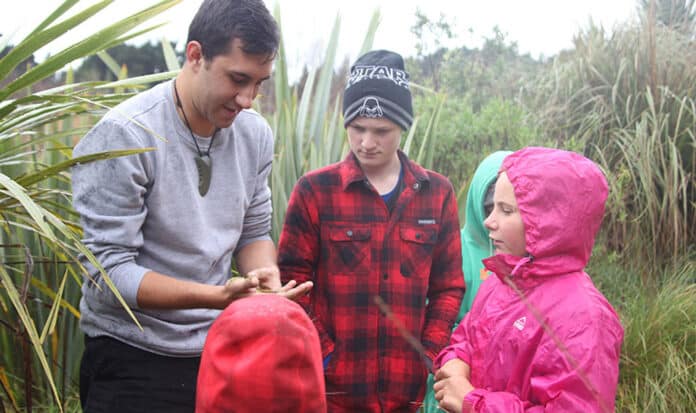The University of Canterbury specialists is gathering DNA data from one of Aotearoa, New Zealand’s most undermined freshwater fish– the Canterbury mudfish (kōwaro) – with an end goal to make it stronger for future natural change.
Researchers will utilize the information to evaluate the genetic diversity of the kōwaro exhaustively. All in all, species have better survival rates if their populations are all the more genetically different. The appraisal will be utilized to construct a system that could support future choices on where, when or whether to blend kōwaro populaces to enhance preservation results.
UC MSc student Levi Robinson said, “Collecting samples from kōwaro throughout their Canterbury distribution is a critical first step towards building resilience in this taonga (treasured) species.”
Up to now, recommendations on how to best manage small, isolated kōwaro populations have been based on a single genetic marker and a limited number of sites. This work will provide us with tens of thousands of genetic markers from fish sampled from at least 20 sites.”
“We’ll use this information to identify kōwaro populations at risk of local extinction. We’ll also use it to make recommendations about which populations to use to top up populations elsewhere or to create new ones.”
“Our aim is to build genetically healthy kōwaro populations that can adapt to environmental change. As a rule of thumb, the more genetically diverse a population is, the better.”
Levi Robinson is working with students from Te Kura o Tuahiwi to sample kōwaro at Tūhaitara Coastal Park in North Canterbury as part of a BioHeritage Challenge project led by UC Associate Professor Tammy Steeves.
In addition to kōwaro, the UC research team is collecting DNA from a declining mahinga kai species, kēkēwai (freshwater crayfish). Both projects are being conducted in partnership with Te Ngāi Tūāhuriri rūnanga.
Levi was one of three researchers to present research on kōwaro and kēkēwai at the recent Symposium on the Evolutionary Genomics of Adaptation at the University of Montana Flathead Lake Biological Station in Polson, Montana, US, and at the Society for Conservation Biology 5th Oceania Congress in Wellington.
Levi was one of three researchers to present research on kōwaro and kēkēwai at the recent Symposium on the Evolutionary Genomics of Adaptation at the University of Montana Flathead Lake Biological Station in Polson, Montana, US, and at the Society for Conservation Biology 5th Oceania Congress in Wellington.
